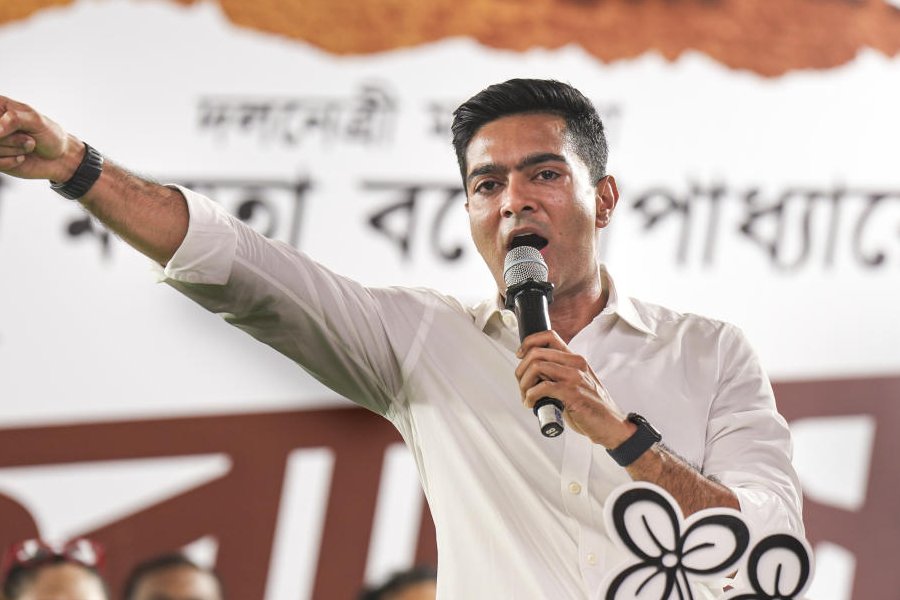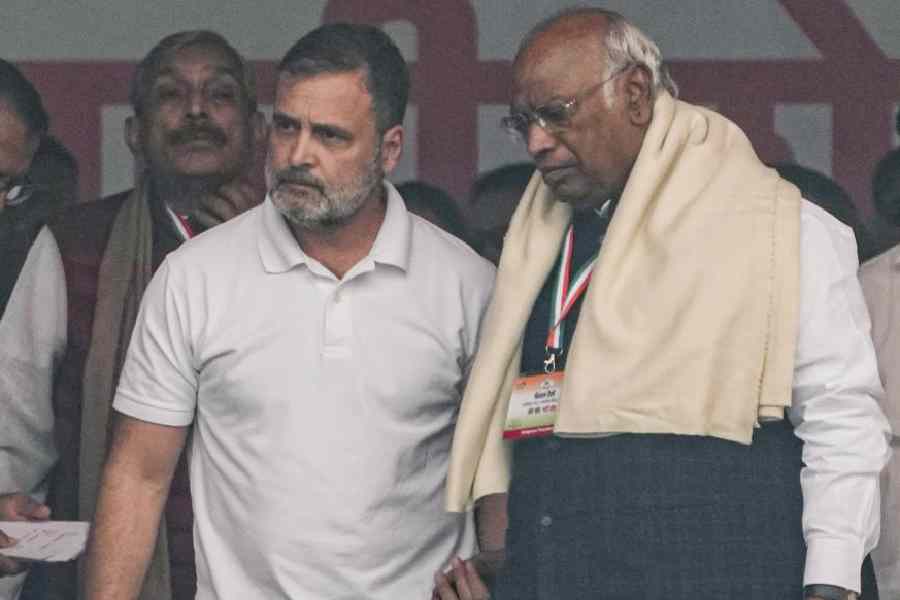 |
| Myanmar’s Opposition leader Aung San Suu Kyi and Prime Minister Manmohan Singh at a meeting in New Delhi. (PTI) |
Prime Minister Manmohan Singh’s announcement of an agreement between India, Myanmar and Thailand for setting a timeframe to complete the trilateral highway project, during his inaugural speech in the 10th India-Asean Summit at Phnom Penh in Cambodia, will have come as a boost for the Northeast.
Reportedly, the Trilateral Highway Project Task Force, in its earlier meeting in New Delhi, had resolved to establish connectivity from Moreh in Manipur in India to Mae Sot in Thailand by 2016. Hence, if the timeframe holds good and teething problems such as the issue of transit visas by Myanmar are resolved, one will in a few years time be able to take a leisurely drive from Guwahati and elsewhere to Myanmar and beyond.
The feasibility of forging land connectivity between the Northeast and Southeast Asian countries will be tested by the Asean-India car rally scheduled for later this year. The occasion will also witness the meeting of dignitaries from Southeast Asian nations, including ministers for trade and commerce. In due course of time, the road connection would be extended to other nations like Vietnam and Cambodia, as proposed during the summit. A proposal to set up an India-Asean centre at Guwahati is the icing on the cake, perhaps heralding an era when this region will finally be able to reap the benefits of the so-called Look East policy.
It is of course, in reality an attempt to re-forge age-old links binding the region to other Asian countries. Since ancient times there have been trade and cultural exchanges facilitated by well-established routes, the accessibility provided by the Brahmaputra corridor enabling even traders from mainland India to utilise them for commercial purposes. In fact, Stilwell Road from Assam to Myanmar (then Burma) built by the British in the early 20th century actually traces the core contours of an ancient Silk Route.
Only when the Ahom dynasty, beset by fierce assault of the hordes of Maans from Burma, sacrificed the sovereignty of its realm by inviting imperial Britain to intervene, that these age-old ties were severed and the Northeast became isolated from Southeast Asia.
Strangely, and perhaps fortunately, the British did not consider the ethnic and cultural affinities to be reason enough to lump together the region with Burma as far administration was concerned, choosing instead to integrate this tribal-dominated region with the Indian subcontinent, while having a different set-up for Burma. That the nature of the terrain separating Burma from northeastern India was somewhat more difficult to traverse than the great open spaces of then East Bengal was not very significant to the colonialists. Of greater relevance to them was the fact that an alternative tea industry could be set up in this area, with the Brahmaputra facilitating transport of the end product to the brew-besotted Britain via Calcutta.
However, the British did envisage land connectivity to Myanmar since the 19th century itself. Among their most ambitious schemes contemplated but never translated to reality was a railway link from Assam to that country. Three possible routes were thought of, the first being the coast route surveyed in 1893 by R.J. Woods who later became the agent of Assam Bengal Railways. The line which he reconnoitred commenced from a point beside the Irrawaddy river and extended through mountainous territory up to Chittagong in today’s Bangladesh. Further surveys carried out across essentially the same route made the construction of a railway line connecting then undivided India and Burma a distinct possibility for a while. But soon this turned out to be a mirage and the proposal was given a permanent burial.
The second was the Manipur route — in 1895-96, a survey was made for a rail link over the Patkai mountain range. Interestingly, the Assam Bengal Railways, connecting Calcutta through the Barak valley right up to Dibrugarh, was under construction, so the Patkai survey was perhaps to see if the railways could be extended up to Burma.
The Assam Bengal railway’s promotional brochure stated, “In the event of railway communication being hereafter opened up with Burma, which sooner or later may be regarded as highly probable, the connection will be established almost necessarily from some point in this projected railway.”
Thus the alignment surveyed was from the neighbourhood of Lumding by way of Manipur into the Kullaw valley of Burma. But such a route being deemed financially unsound, with the cost not being commensurate with the military advantages, the idea was shelved.
The third survey, which began in November 1896, was on the Hukong valley route. Since hostile tribes were on this route and no European had taken it since 1836, the survey party was accompanied by an armed guard of 150 men. Here again the estimated cost of construction was not considered to be compatible to the strategic gains and the idea was abandoned.
In fact, the possibility of an India-Burma rail connectivity was explored well into the 1920s, prompting a Governor General to term the concept a “midsummer madness”. One can only conjecture what gains might have accrued to the Northeast if a viable rail link to Myanmar had already existed.
Naturally, a road link is an equally attractive alternative, though the Northeast has had to wait till the 21st century for the same. Myanmar for the last five decades has stood as an impassable wall for India to make a move towards such connectivity. The seizure of power in Myanmar by the military junta in 1962 had led to the cooling down of India’s cordial relationship with that nation, since the latter had tried to stand by its ideals of democracy. The situation was further vitiated by the 1988 incarceration of Aung San Suu Kyi. Thus, despite the awareness in Delhi that the influence lost by India over its resource-rich neighbour was being capitalised upon by a more pragmatic and equally authoritarian Beijing, little attempt at rapprochement was made.
It had been only in the 1990s that Indian diplomacy conceded that democratic ideals had to be sacrificed at the altar of expediency and the first essays towards mending fences with Myanmar commenced, with India refusing to go along with the West in imposing sanctions against its neighbour. Suu Kyi was cynically abandoned and both nations stepped into the 21st century if not exactly holding hands, yet with a far more amicable stance. In recent times, economic compulsions has coerced the Myanmar junta to loosen its iron grip upon the country, as well as try and present a more humane and democratic face to the outside world.
Such a postural change has attracted no less an individual than the US President Barack Obama to what had been deemed by America to be one of the “rogue” countries of the world. Indian diplomacy can pat itself on the back for having made that crucial U-turn earlier, though a concatenation of political and economic setbacks rather than prescience on the part of South Block, had induced Yangon to be more “friendly” towards India. This has made possible the kind of concession such as concurrence to the highway project.
The importance of a road to Myanmar and beyond for the Northeast can hardly be underestimated. In the past, this region, being strategically positioned between China and Southeast Asia and India, enjoyed a geo-political centricity. The cataclysmic Burmese invasion in the early part of the 19th century and the consequent advent of the British had brought about a political, economic and psychological repositioning and reduced the region to the easternmost outpost of the British India Empire. This ensured that its inhabitants looked perpetually to the West for succour.
A viable outlet to Southeast Asia will go a long way to ensure that the psychological feel of being boxed in from all sides except the west evaporate and the Northeast regain its historical centricity. At least, a segment of the envisaged multilateral trade with Myanmar and Southeast Asian nations will hopefully be undertaken via the land route, thereby enhancing the importance of the region in general and the Brahmaputra valley in particular. Over a century and two decades may have passed since the maiden attempt at proper land connectivity, but as the saying goes, it is better late than never.











